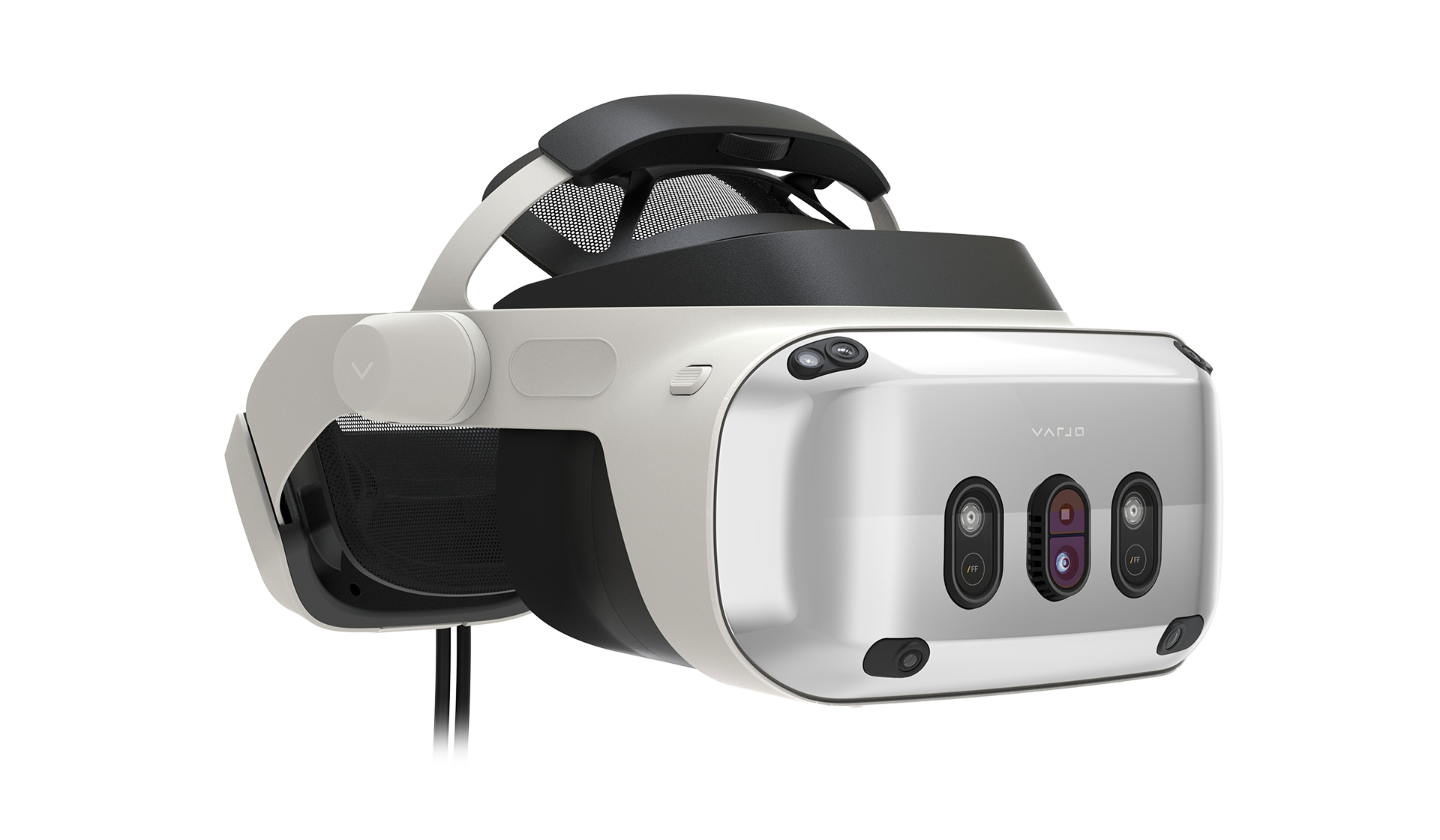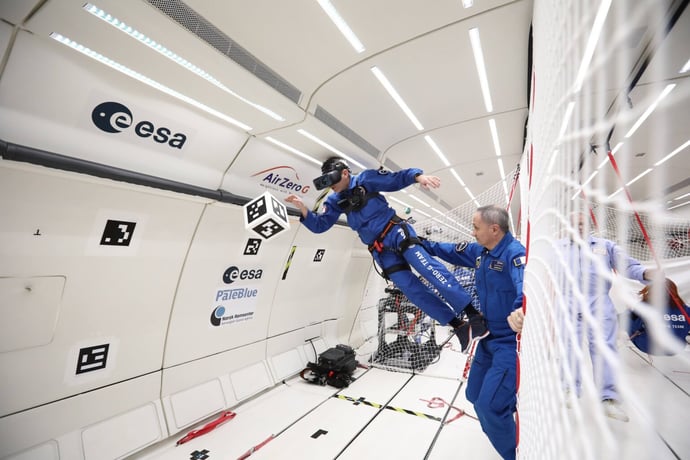Powering the Future of Simulation
Varjo has maintained a longstanding collaboration with Lockheed Martin and the Prepar3D team to support advanced mixed reality training and simulation use cases. This partnership enables high-fidelity immersive experiences that meet the rigorous demands of defense and aerospace training environments.
“We look to partner with a lot of industries and the smartest minds across to provide second to none mission readiness,” explains Chris Metel, Prepar3D Engineering Program Manager at Lockheed Martin. “Varjo has been a fantastic partner that has enabled us to deliver systems with Prepar3D that are providing the best training for our war fighters.”







